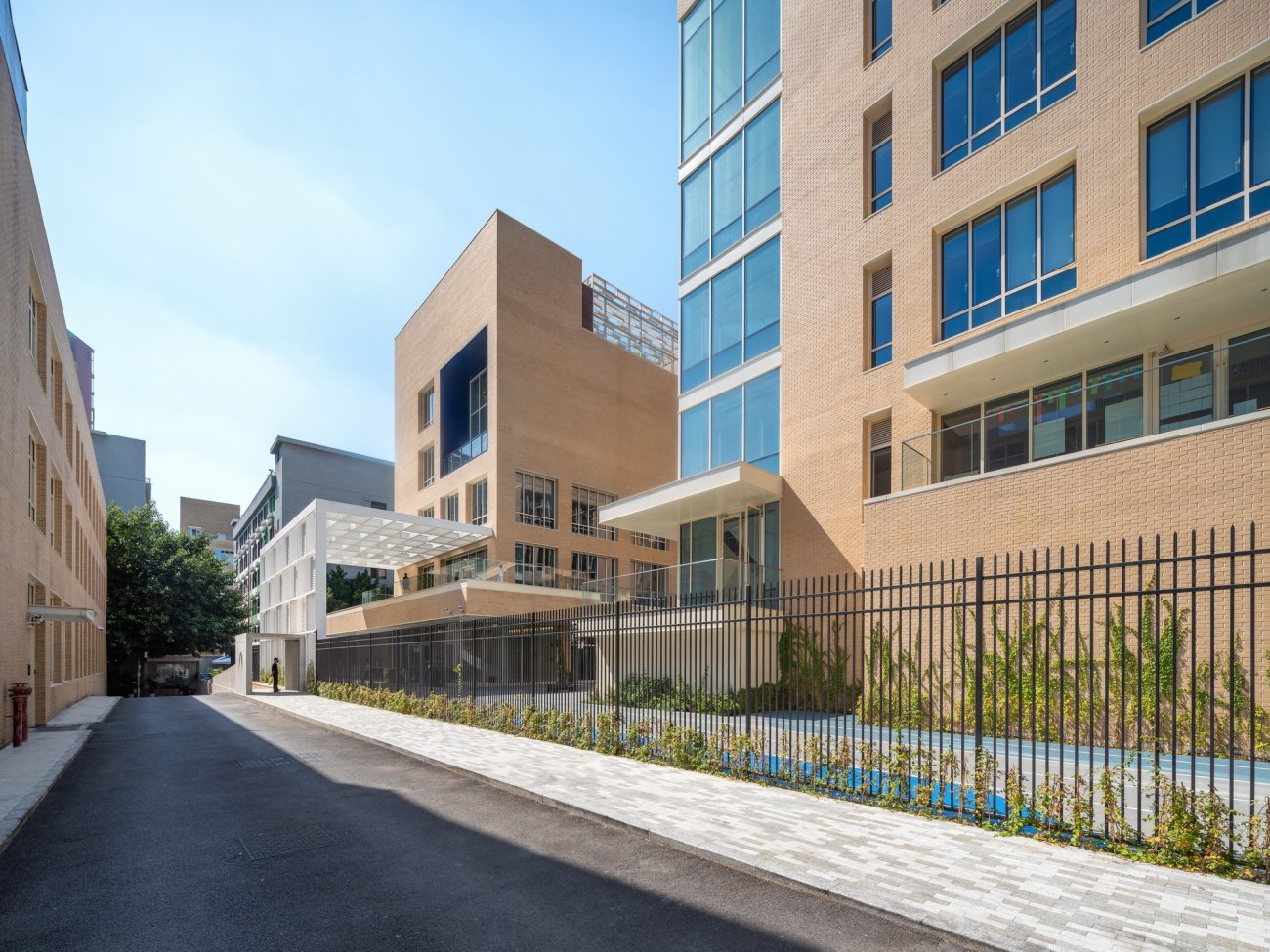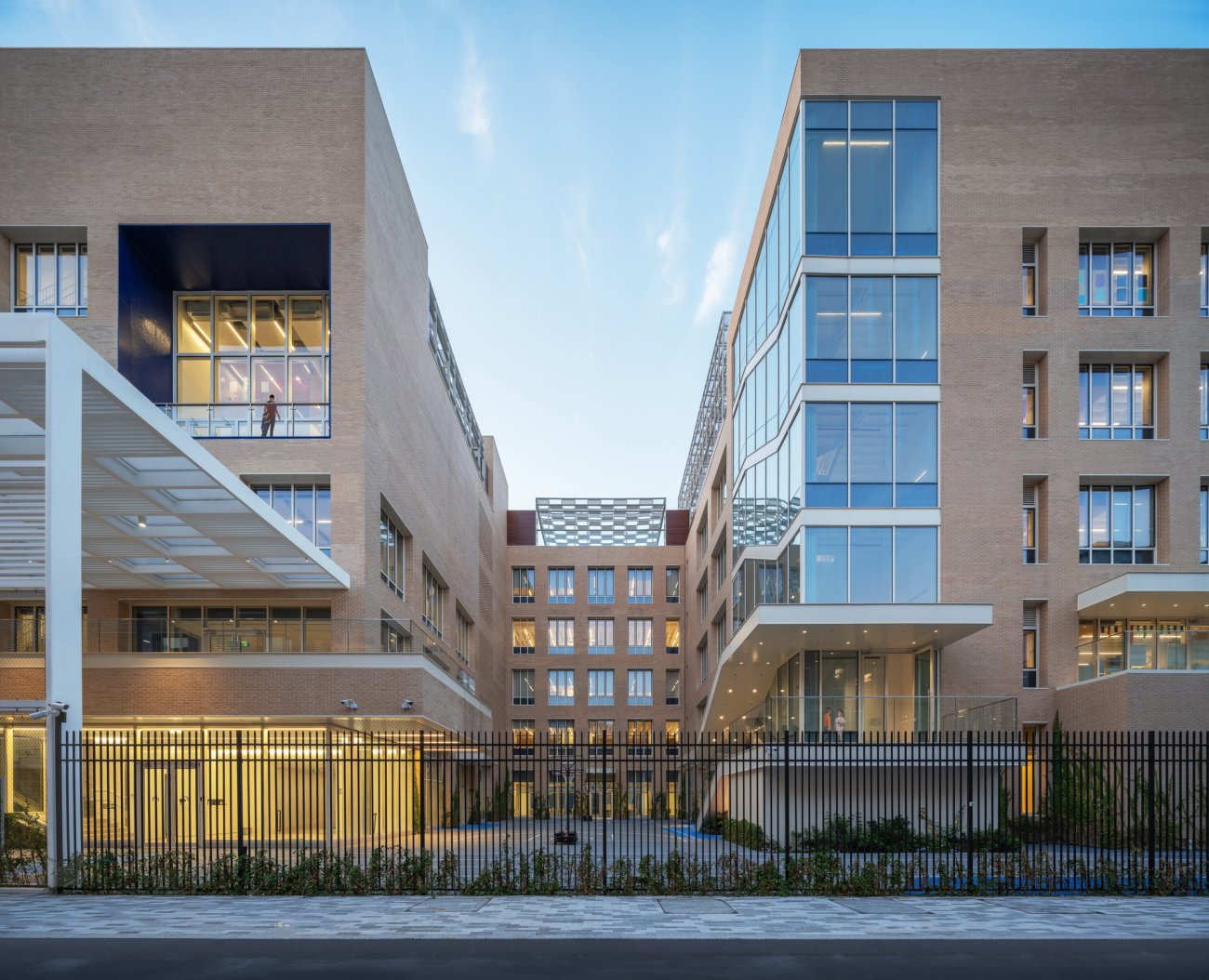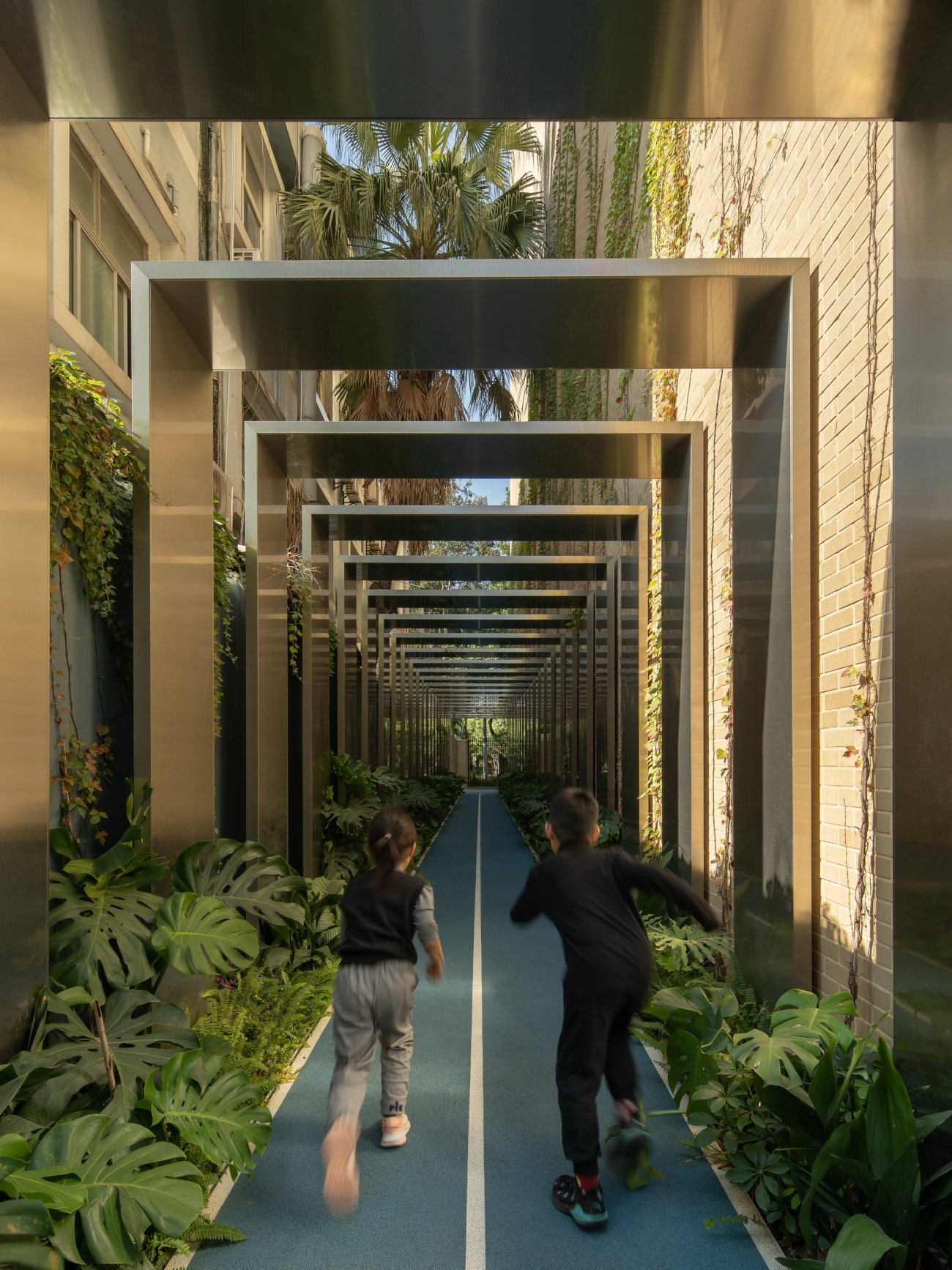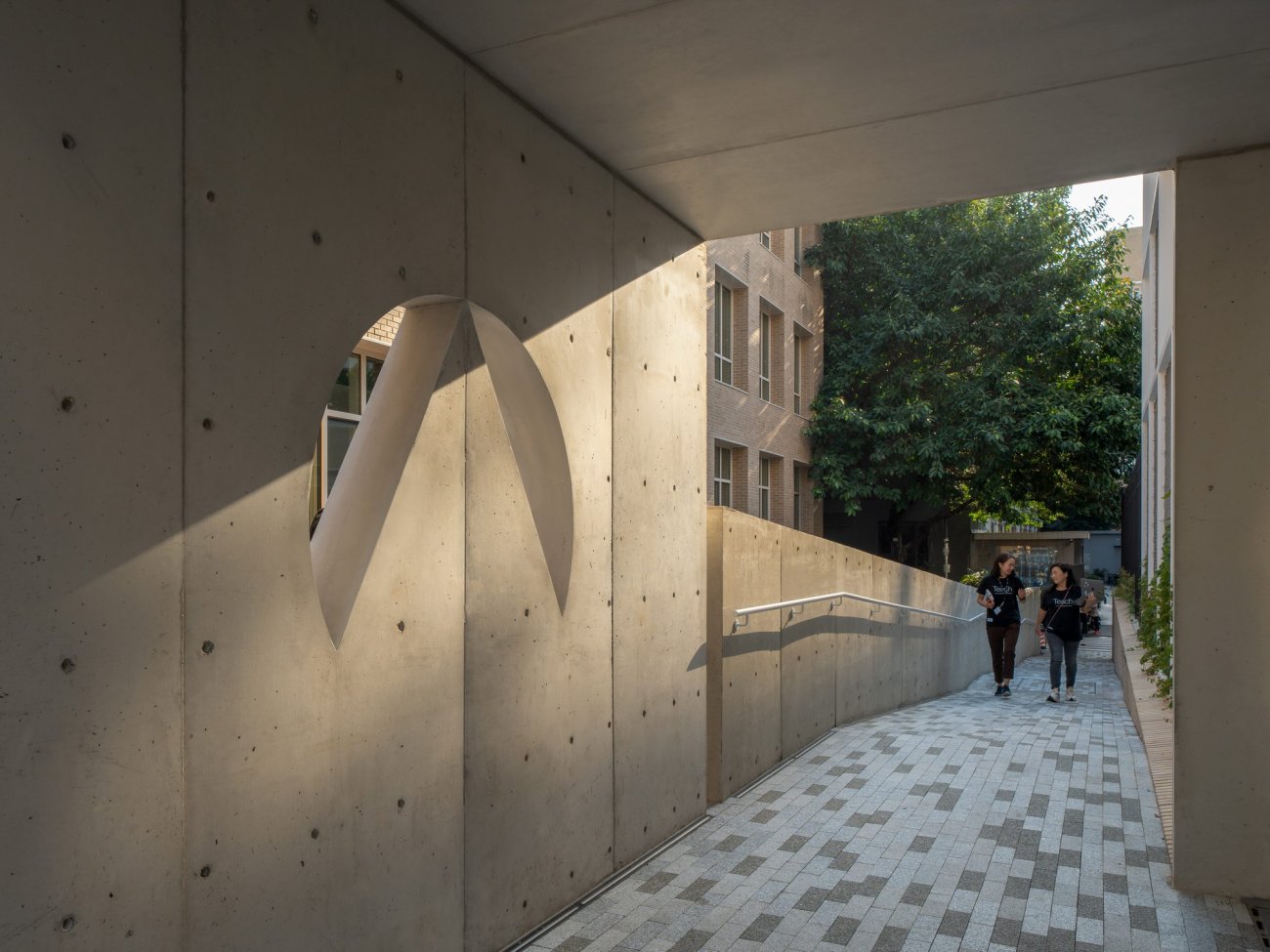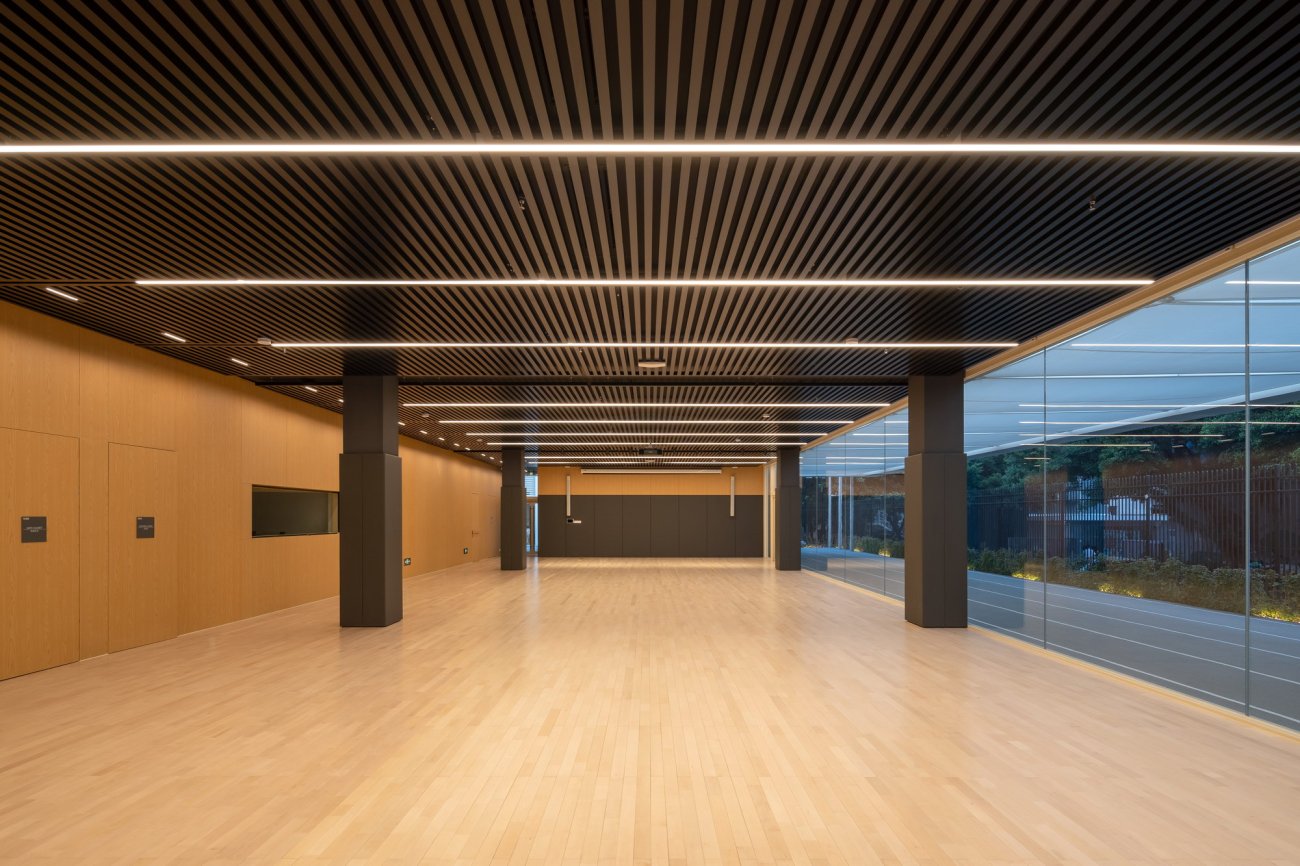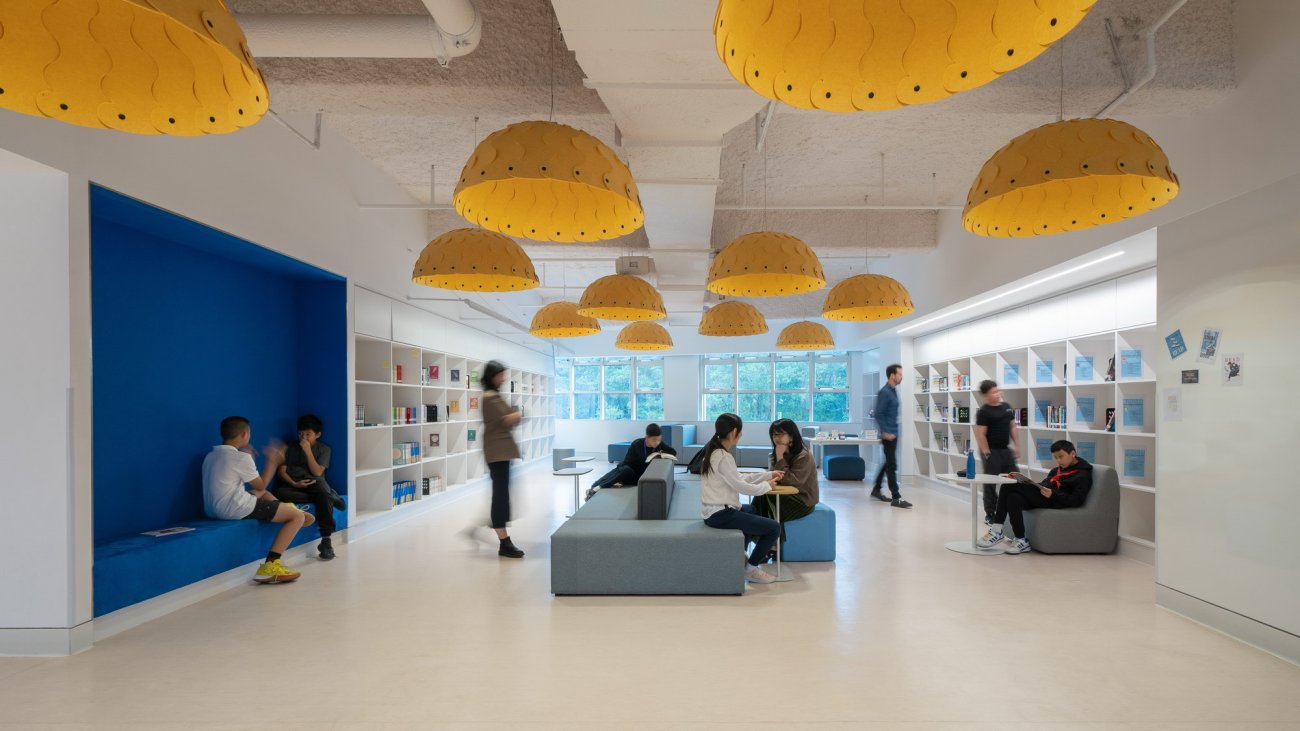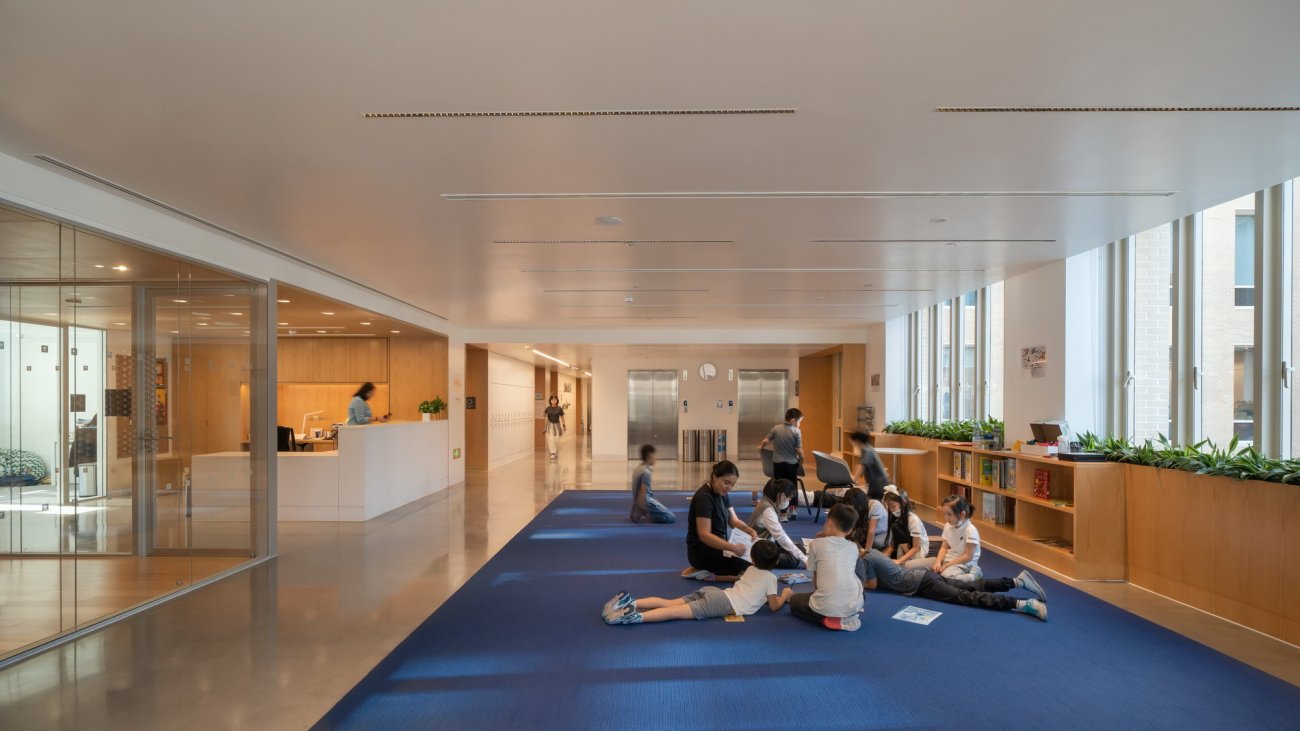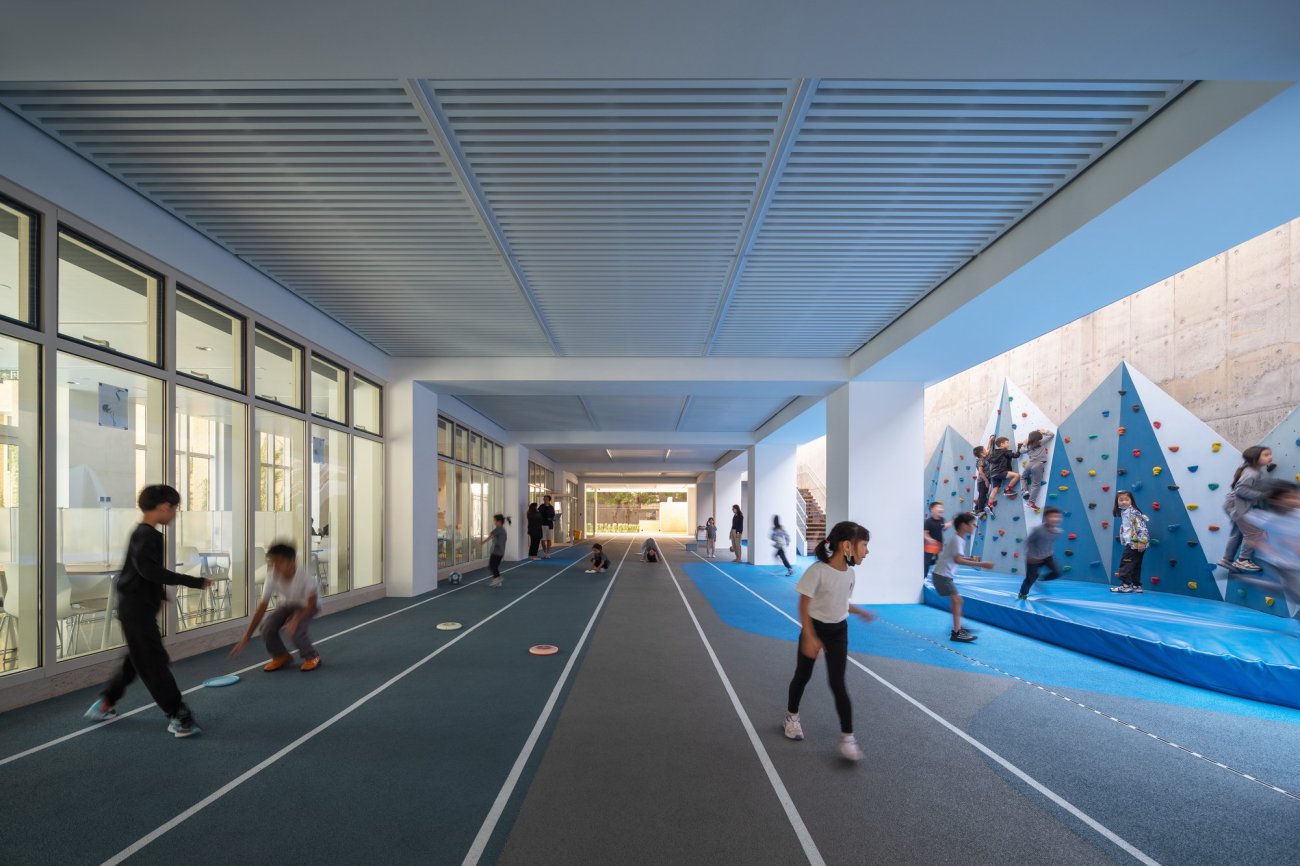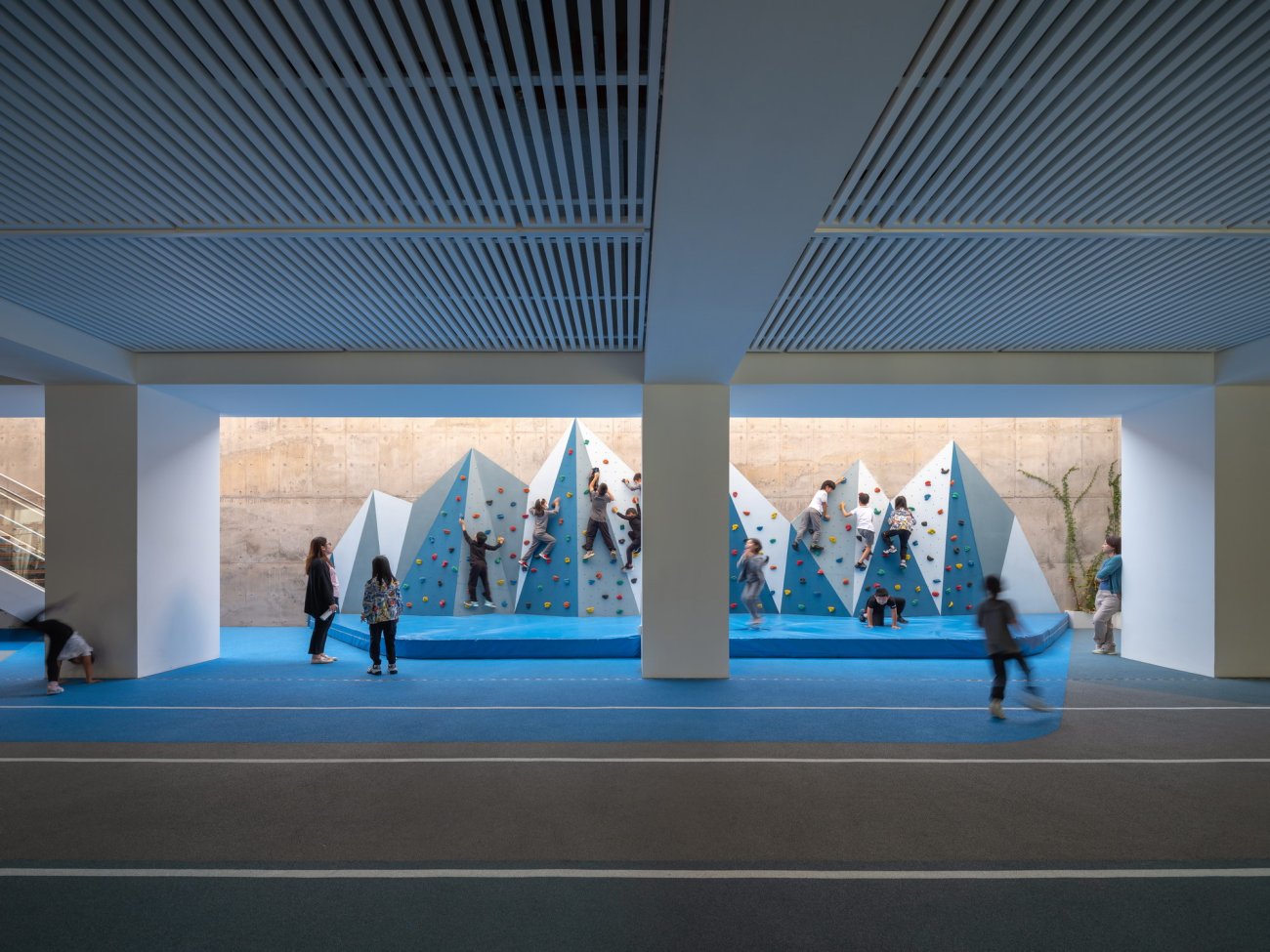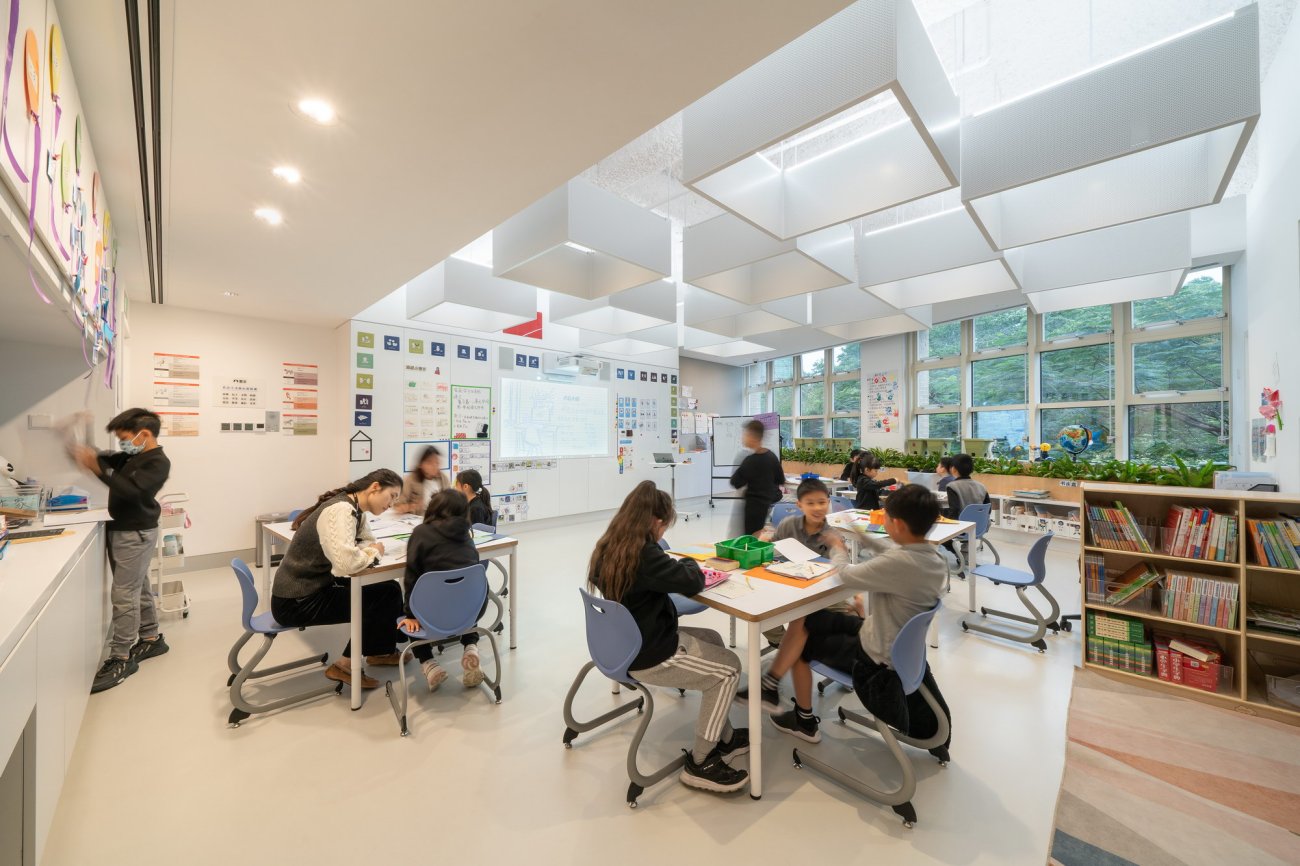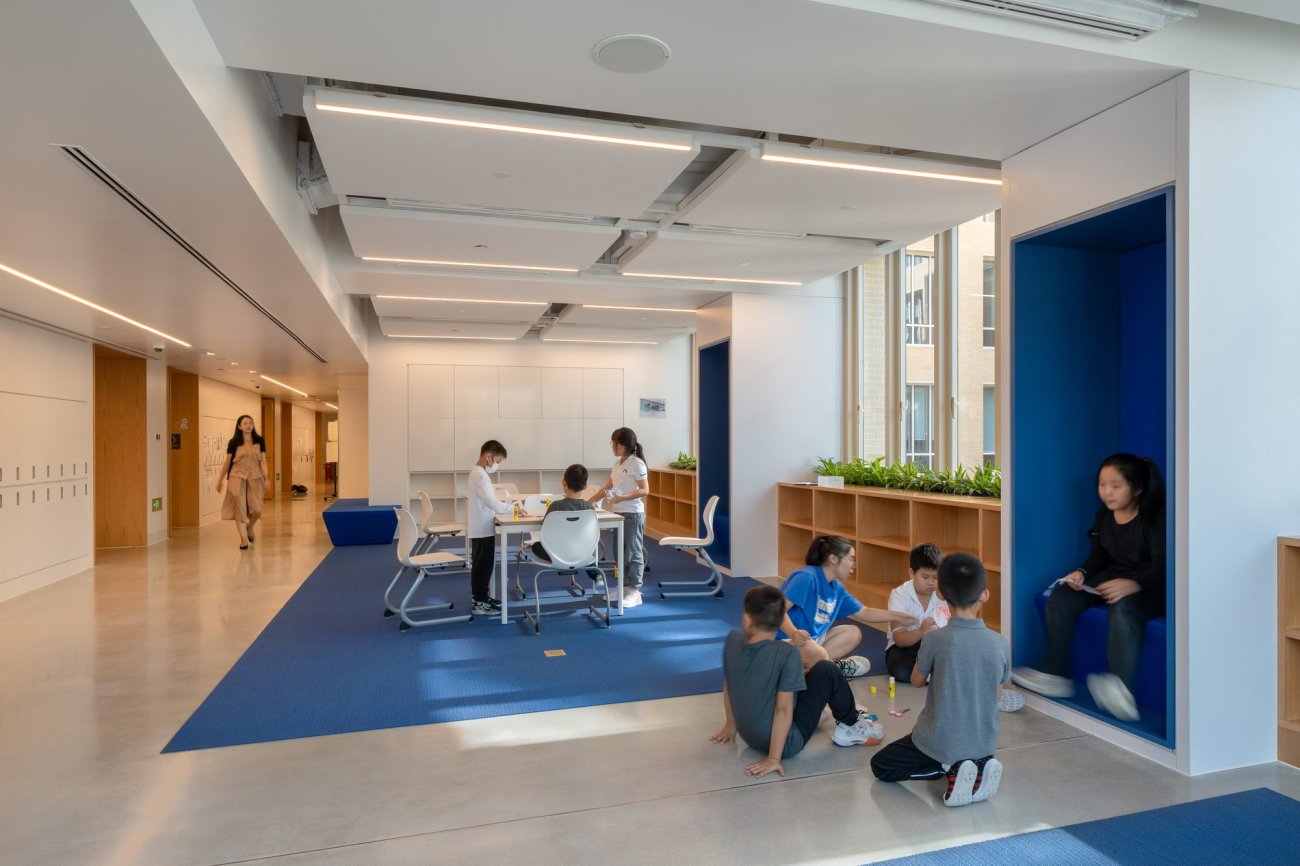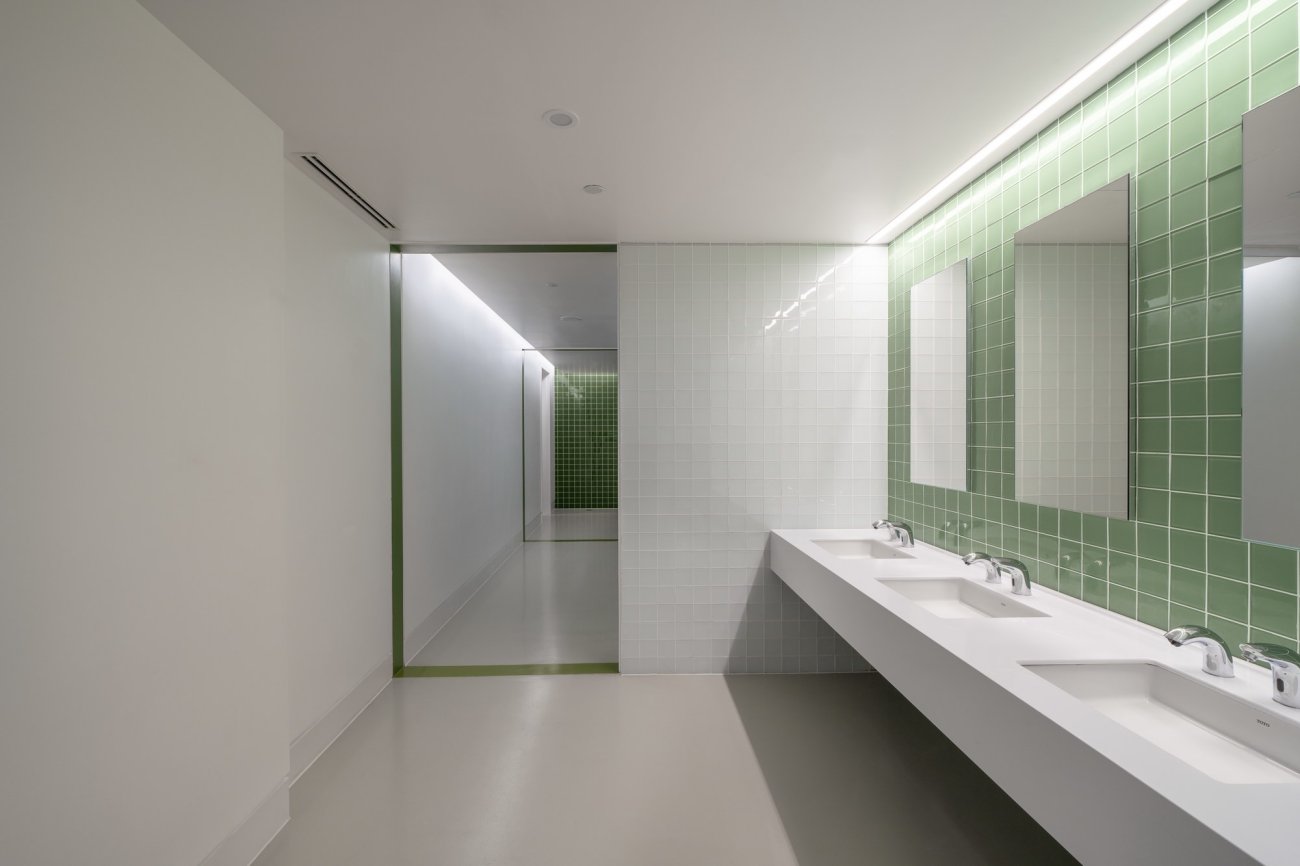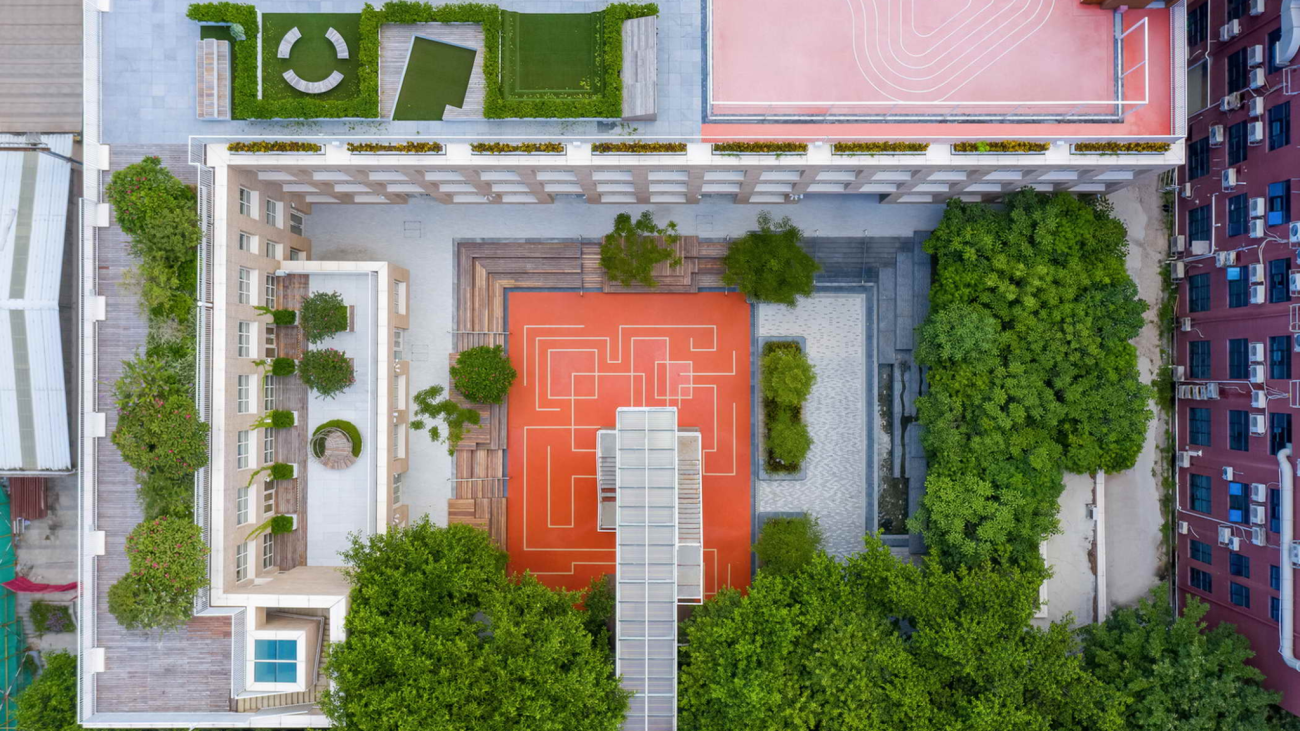| 公司: | Efficiency Lab for Architecture | 类型: | 景观 | 室内 |
|---|---|---|---|
| 地区: | 中国 | 标签: | 学校 |
在深圳南山区,塘朗工业区是为数不多的欠发达“城中村”之一。与之前的拆除和重建策略不同,政府将重点转移到现有建筑改造项目上。该地区现在被重新开发为教育和研究区,效率实验室负责总体规划的核心设计,通过建筑设计、室内设计和家具设计将以前的工业仓库改造成一个21世纪的城市校园,促进社会和探索性学习。除了激活街道层面的玩耍和学习区域外,每座校园建筑都将通过高架桥梁网络连接起来,屋顶景观与室外学习空间和花园相结合。
In Shenzhen's Nanshan District, the Tanglang Industrial Zone is one of the few remaining underdeveloped "urban villages." As opposed to a previous strategy of tearing down and building anew, the government has shifted its focus to projects that embrace the adaptive reuse of existing structures. The area is now slated for redevelopment as an education and research zone, and Efficiency Lab is at the heart of the master planning, where architectural design, interior design, and furnishings are transforming the former industrial warehouses into an urban campus with 21st century learning spaces that foster social and exploratory learning. In addition to activating the street level with areas for play and learning, each of the campus buildings will be connected via a network of elevated bridges, where roofscapes are programmed with outdoor learning spaces and gardens.
▽校园外立面
“连接”是校园改造项目的关键概念,它发生在许多层面上,从桥梁形式的物理连接,形成了将整个校园编织在一起的人行道网络,到精心设计的中庭和从现有仓库结构中雕刻出来的相互连接的楼梯,实现了视觉和物理连接。此外,与自然的联系带来了最显著的景观特征,如榕树和参与校园生活的新景观空间。'Connections' is the key concept for the campus transformation project, and it happens at many levels, from the physical connections in the form of the bridges that create a network of pedestrian walkways weaving the entire campus together, to the visual and physical connections enabled by carefully choreographed atriums and interconnecting stairs carved out from the existing warehouse structures. In addition, the connections to nature bring in the most remarkable landscape features found on site, like the banyan trees and the newly landscaped spaces that
engage campus life.
▽“连接”通道
正如Asci所解释的,“‘连接的架构’不是提供从一个点到另一个点的路径,而是创建围绕空间吸引子交织的路径,以便于自发发现。”
As Asci explains, "The 'architecture of connections' is not about providing paths from one point to another, but rather, creating paths interwoven around spatial attractors, for spontaneous discovery."、
▽功能空间
小学将原先位于U型仓库大楼中心的停车场改造为操场,在大楼屋顶增加了新的游戏空间,以帮助学生发展运动技能,以及社交和空间体验。围绕这座建筑的是一条新的跑道。现有建筑的立面进行了战略性的雕刻,以创造更高的透明度,并引入自然光。新的地面激活连接到周围街道,并改善行人体验。室外还增加了一个新的遮篷,为二楼露台空间提供了遮阳。
The Primary School transforms the parking lot, previously at the center of the U-shaped warehouse building, into a playground, adding new playspace on the roof of the building to help students develop their motorskills, as well as their social and spatial experiences. Encircling the building is a new running track. The facade of the existing building was strategically carved out to create more transparency, as well as to usher in natural light. New ground-level activation connects to the surrounding streets and improves the pedestrian experience. A new canopy was also added to the exterior to provide shade for a second-floor terrace space.
▽屋顶活动空间
拉伸屋顶雨棚保护学生免受深圳强烈的阳光照射,并在下面创造了斑驳的光线。顶棚的呼吸结构,以及屋顶操场一侧的绿色墙壁,创造了一个亲生物的环境。将自然元素融入运动空间是这个年龄段的关键设计决策——孩子们开始区分运动和生活——创造了对自然的欣赏,有助于培养对自然环境的同理心
A tensile roof canopy protects students from the intense sunlight in Shenzhen and creates a dappled light underneath. The breathing structure of the canopy, and the green wall along the side of the rooftop playground, creates a biophilic environment. The integration of natural elements into the movement space is a key design decision for this age group—when children start to differentiate movement and life—and creates an appreciation of nature and helps to develop empathy with the natural environment.
▽屋顶活动空间
在整个建筑中,学生公共空间分布在多个楼层,以鼓励社会互动。每个公共区域都配有书架和座椅壁龛,采用天然材料(如木材)制成,并用区域地毯和软垫表面围绕,以营造更舒适的环境。
Throughout the building, student commons are dispersed across multiple floors to encourage social interactions. Each of these common areas is furnished with bookshelves and seating niches finished in natural materials, like wood, and are surrounded with area rugs and upholstered surfaces to shape a more welcoming environment.
▽室内空间
技术表
地点:中国广东省深圳市
小学项目:26个典型教室,8个专业教室(科学,艺术,音乐,数学),图书馆,学生公共场所,食堂和厨房,多功能厅,户外游乐区(排球场,运动和健康空间,攀岩墙,和一个200米长的跑道)
小学建筑面积:82,000平方英尺
校园总体规划建筑面积:30万平方英尺
总体规划:建筑效率实验室
设计架构师:建筑效率实验室
室内设计:建筑效率实验室
当地设计院:CCDI
结构设计:ARUP
景观设计:WAY设计
灯光设计:Claude Engel
声学:朗曼林赛
完工时间:2022年秋季
Technical sheet
Located: Shenzhen, Guangdong Province, China
Primary School program: 26 typical classrooms, 8 specialty classrooms (science, art, music, math), library, students commons, dining hall & kitchen, multi-purpose room, outdoor play areas (volleyball court, movement and wellness spaces, climbing wall, and a 200-meter-long running track)
Primary School floor area: 82,000 ft2
Campus master plan floor area: 300,000 ft2
Master plan: Efficiency Lab for Architecture
Design Architect: Efficiency Lab for Architecture
Interior Design: Efficiency Lab for Architecture
Local Design Institute: CCDI
Structural Design: ARUP
Landscape Design: WAY Design
Lighting Design: Claude Engel
Acoustic: Longman Lindsey
Completion date: Fall 2022
更新日期:2023-02-15 18:22:27
非常感谢 Efficiency Lab for Architecture 带来的精彩项目, 查阅更多Appreciations towards Efficiency Lab for Architecture for sharing wonderful work on hhlloo. Click to see more works!
